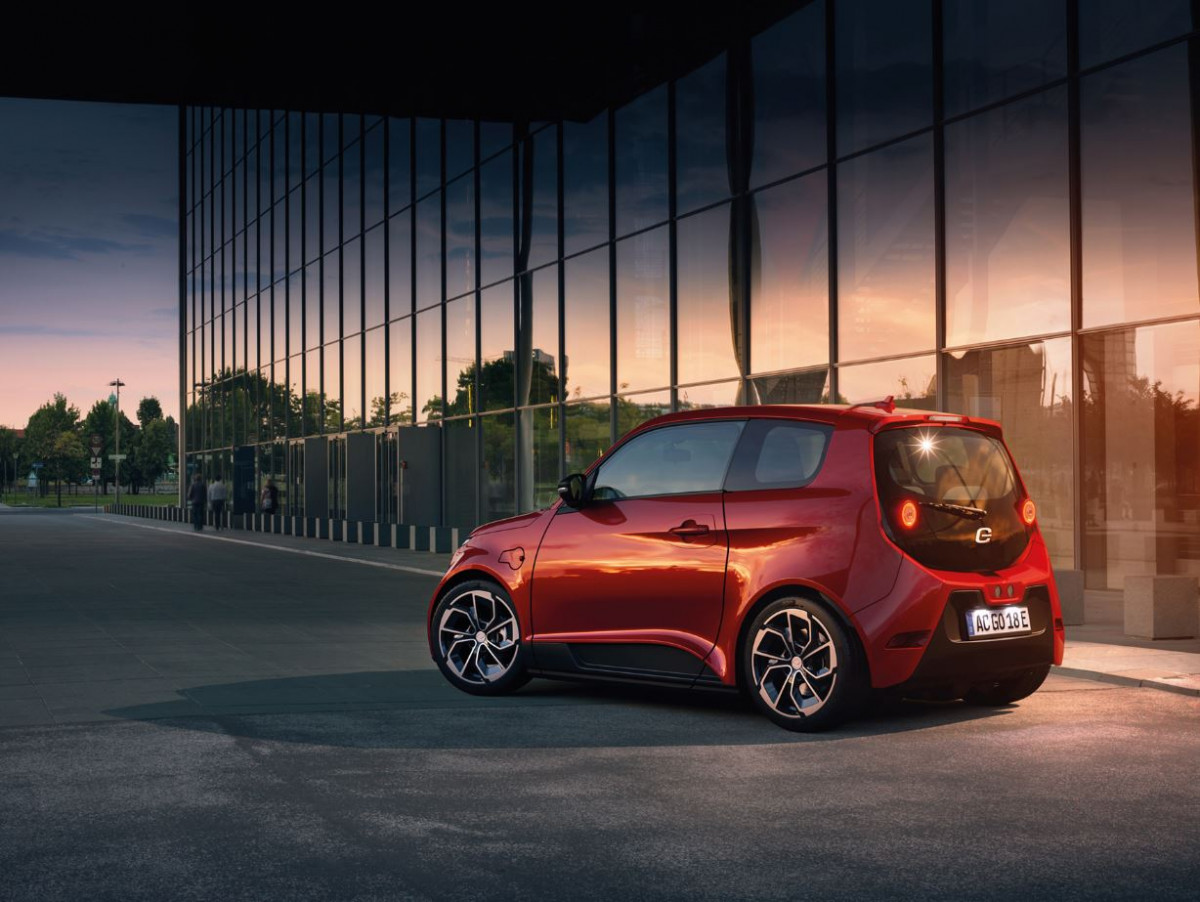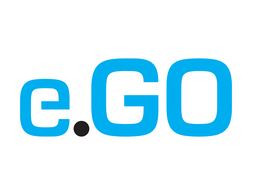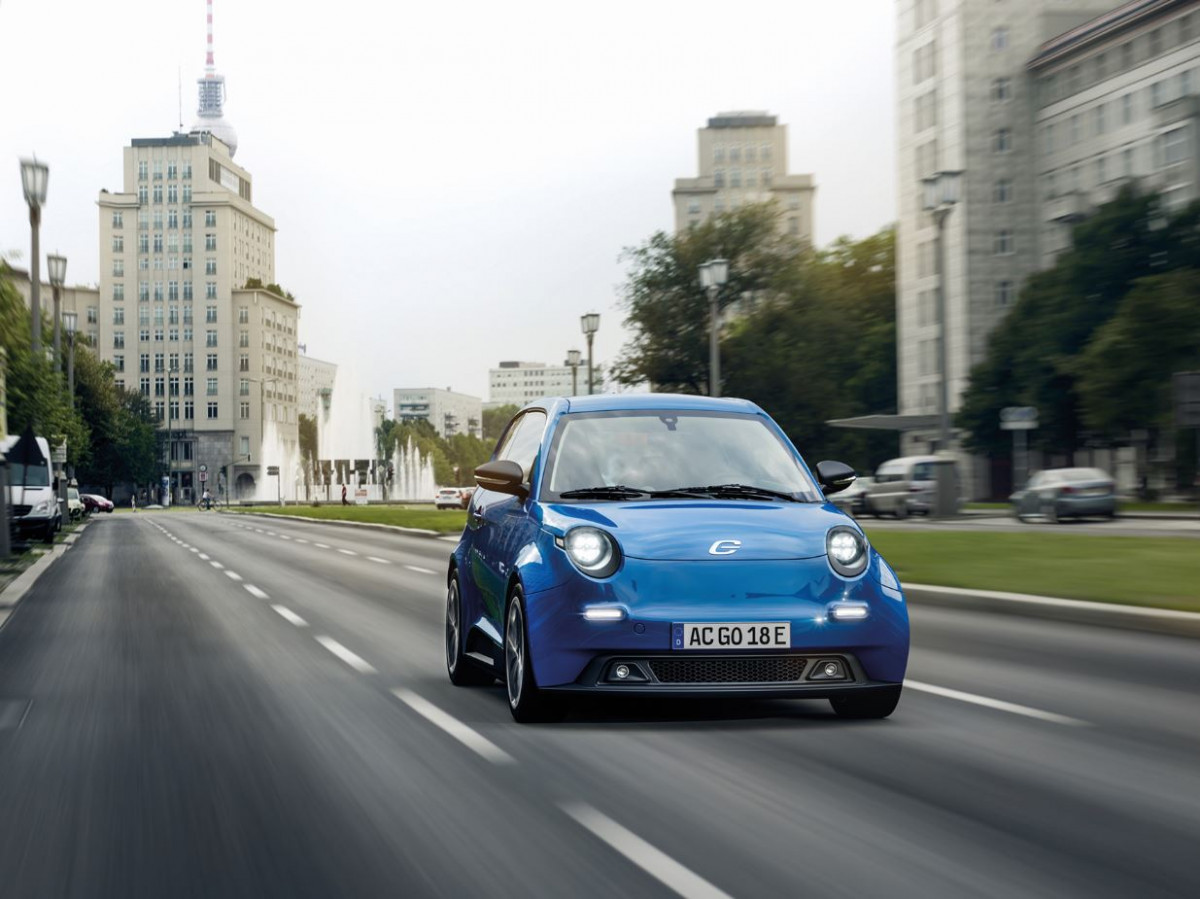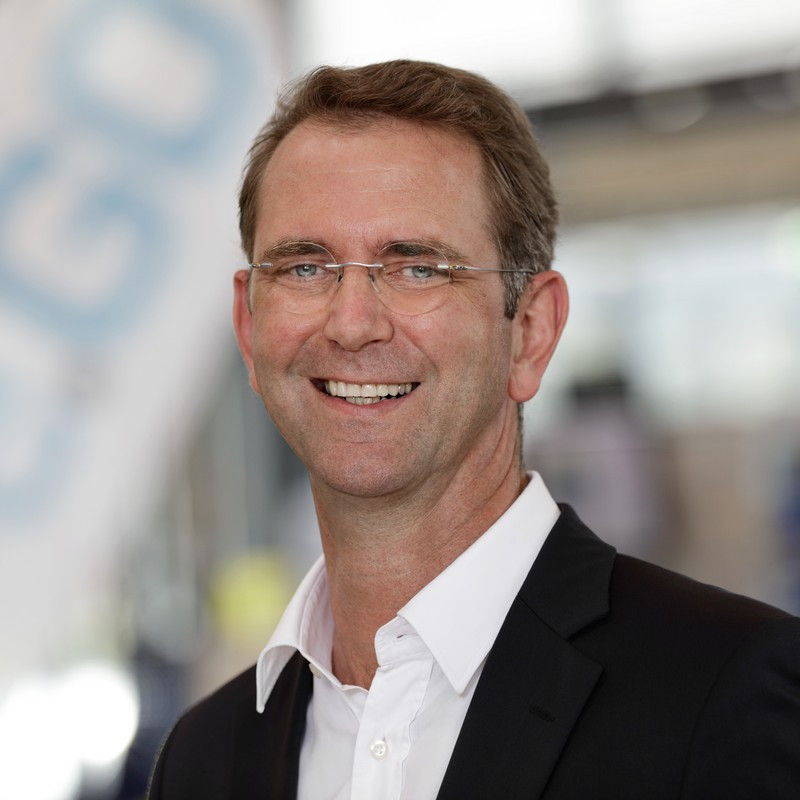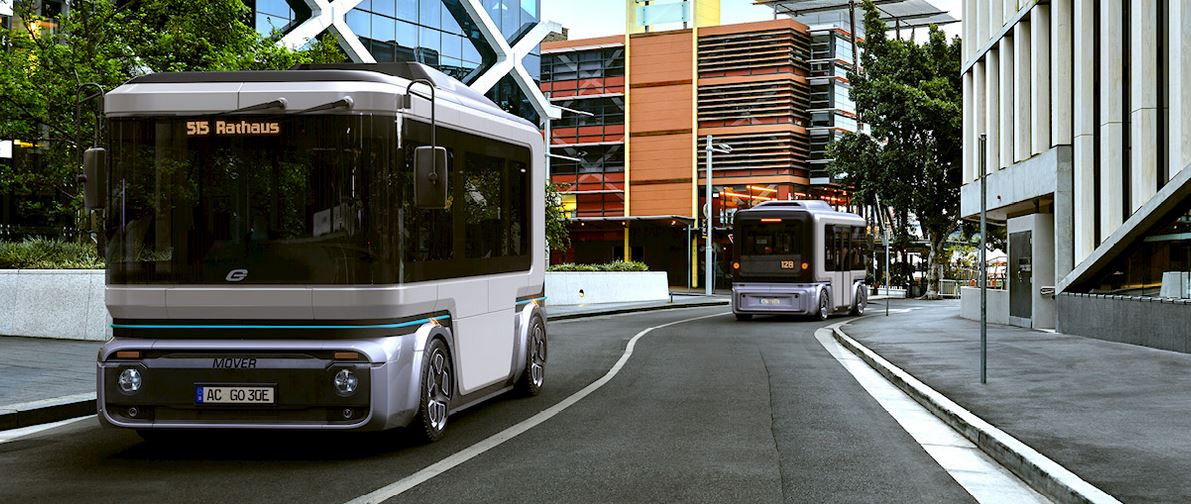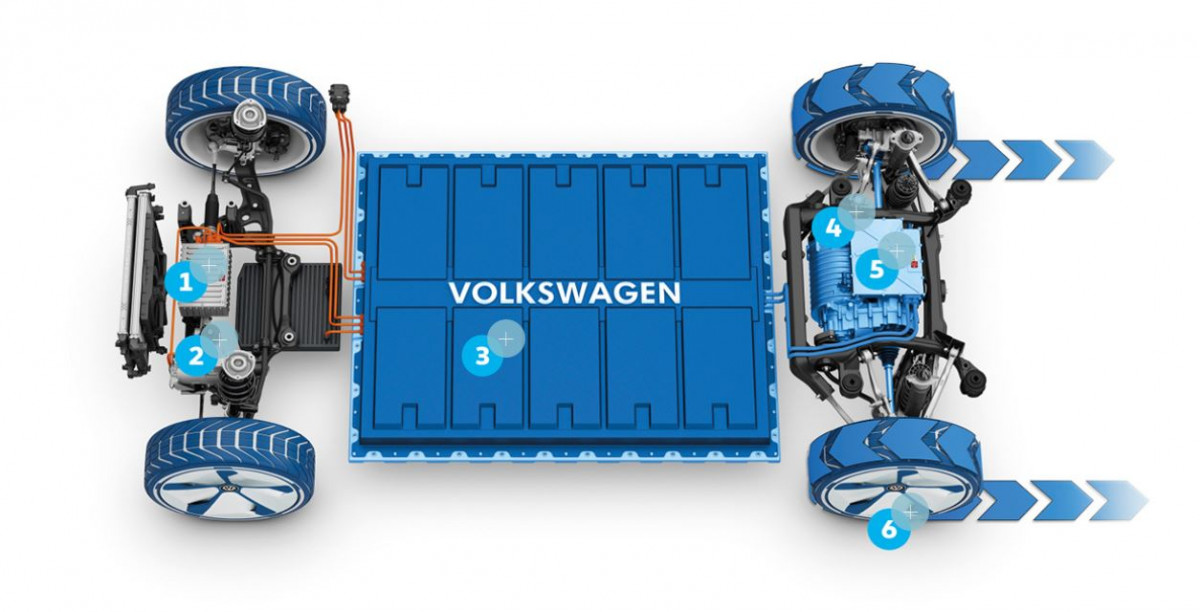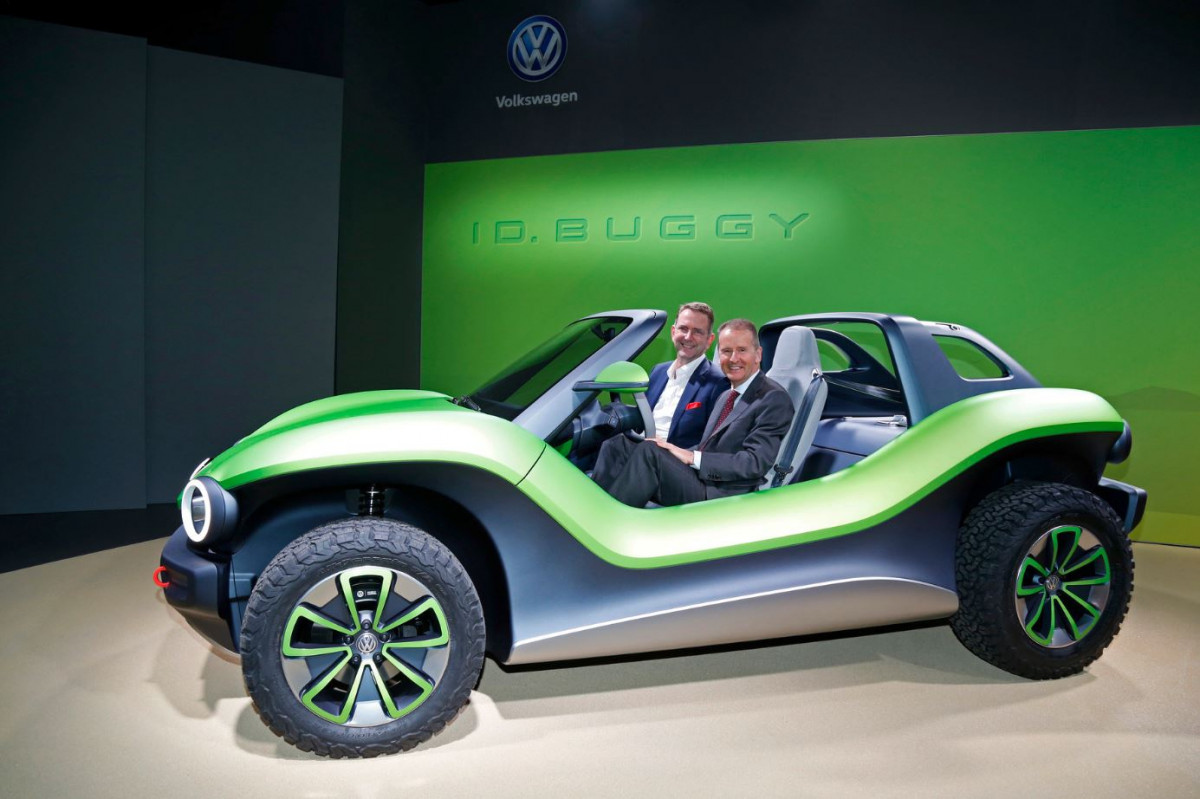Start-up e.GO Mobile hopes to speed up transport transition with cheap subcompact
Company profile
- Mobility startup e.GO Mobile has developed the subcompact electric city car e.GO Life with prices starting at 15,900 euros. Customers in Germany can bring the price down by 4,000 euros thanks to the country’s buyer’s premium for e-cars. Deliveries started in May and the company says it has received about 3,300 pre-orders for the four-seater car. e.GO aims for an annual production of 15,000 cars by 2020.
- The company was founded in 2015 at RWTH Aachen University, one of Germany’s largest technical universities, by e-car pioneer Günther Schuh, who also spearheaded development of the electric delivery van StreetScooter that is now used by Deutsche Post DHL.
- E.GO Mobile has also developed the electric minibus e.GO Mover, which can be equipped with a fuel cell range extender. In a separate venture, Schuh is developing a hybrid Silent Air Taxi with four engines capable of completing urgent delivery missions without generating noise pollution.
- Germany's largest carmaker Volkswagen earlier this year signed up e.Go Mobile as the first external partner for its modular platform for electric vehicles (EV), which Volkswagen intends to use to “bring e-vehicles to market that complement Volkswagen’s model offering.”
- The company currently has around 300 employees and eventually aims to make up to 100,000 e-cars per year, according to media reports.
Why e.GO matters
- The example of e.GO and that of its competitor Sono Motors illustrates how the shift to e-mobility is offering young companies a unique opportunity to enter the car market, in part because electric cars are much easier to build than conventional combustion engines.
- The cooperation between e.GO and VW shows that start-ups and established carmakers can enter into mutually beneficial partnerships.
- Most carmakers have entered electric mobility at the premium end of their line-up. In contrast, it was e.GO's central objective to make e-mobility as affordable as possible.
Find CLEW coverage of e.GO here.
What e.GO says
Clean Energy Wire spoke to the company’s co-founder and CEO Günther Schuh.
Clean Energy Wire: In your view, do we make good progress in the transition to a low-emission transport system? Where do we stand today?
Schuh: At present, there is only a transition towards electric propulsion systems. And we’re still too far away from starting a real transport transition, especially in the cities. There is a lot of activism, as well as very important sensibilities, and many measures. But the measures partly diverge. If you want to support and roll out a large-scale network of fast-charging points, reserve entire traffic lanes for bicycles, push car-sharing, as well as shuttle services at the same time, these approaches all compete for road capacities. This means none of these approaches will be really successful, which would get us nowhere. This is why we need convergence – not only within one city, but also between cities. I still can’t see a coherent overarching concept, but I see much sensitivity in the population, which is great, and also a political will to implement measures. But policy is not yet supplied with the relevant findings that could result in a coherent approach.
You believe that battery-electric cars are not the only solution to lower transport emissions.
For environmental reasons, we have to push electric mobility on a massive scale. But we won’t be able to get mass adoption with taxpayer money, and we shouldn’t even try to do it that why. I believe we shouldn’t over-support this trend. We need a real market, otherwise it won’t be sustainable. At the same time, mobility has to remain socially acceptable. Mobility is a great social good, and we must not end up with electric mobility for millionaires who can spend 100,000 dollars or euros on an e-car. That’s not enough.
Society in general must want to participate, and be allowed to do so, without spending billions of taxpayer money. Therefore, we need to look for solutions that are both environmentally and economically reasonable. But this means we will face limits posed by the battery, because it won’t become significantly cheaper within the next ten years. Today, it is partly subsidised on an international level, and the investments needed for producing battery cells are mostly not even fed into price calculations, for example. We will have some progress, but if you add up these two trends, the battery price will remain where it is now for some time to come. But at that price, you can’t build a car that can travel as fast and far as a combustion-engine model for the same price – that’s impossible. The result will be that most people will continue to opt for the combustion model for economic reasons.
But I can’t be satisfied with that. Therefore, we need a well-thought-out ecological solution not only for inner cities, but also beyond, where cars are needed most. People who need to drive a lot also need electric engines if possible, but they should drive hybrid cars, and if the addition to the battery should make ecological sense, then it should be a fuel cell. But to bring the price down, it should be a small and highly industrialised unit. Since the industrialisation of manufacturing is my research area, me and my colleagues launched a new company, e.GO REX, to push this industrialisation, because I could not find it anywhere in the world. A large carmaker that decides this approach makes sense for his line-up would take three or four years before he’s got a power unit that complies with regulation. But we can get it homologated and installed in a car within one year, and I hope this way we can get more vehicles into the market. This approach makes electric mobility even more logical and convincing. This is the reason why we founded this fuel cell company.
Do you believe the fuel cell will be built into small cars in the future?
We can make more compact fuel cells, in a similar vein to what we have done with the combustion engine and the gear box. But you have to decisively design the car around the fuel cell system. As you know, current cars are built around the engine block and the gear box. That will look very different, but once a certain standard or quasi-norm – and we hope to contribute to it - has crystallised, it would pave the way for an affordable and compact fuel cell system that could be fit into smaller cars. For example, we could re-establish the transmission tunnel found in conventional vehicles, but fit the tank into it. For this purpose, we have designed it so individual solutions can be transferred to other vehicles.
What do you consider the most important milestones your company currently faces?
We have announced our third car earlier this year – which is not really our car, in fact, but we will build a fun car for VW using our body architecture and VW’s Modular Electrification Toolkit (MEB). VW designed the car, we are currently engineering it and plan to build it in our plant. That’s a very cool idea by [VW CEO] Herbert Diess and the VW brand’s former head of development, Frank Welsch, who both said we have to make electric mobility even more palatable by offering bait. But that won’t be possible with show cars or 100,000-dollar vehicles. Affordable cars are needed that really rouse emotions.
You may say that a Tesla e-car is very unreasonable in some respects, but it was a huge step for awareness, and you must take your hat off to Elon Musk five times. It’s that fun factor, the user interface, the incredible acceleration, and so on. We have to conquer the hearts of people who are in the market for new cars. That’s why VW’s idea is so great to place one of those buggies in every showroom in Europe, California and elsewhere. Some people will look at it and say: ‘Wow, that looks like great fun!’ but will probably end up buying a more reasonable electric car, but an e-car nonetheless. I liked this VW tactic and it is obvious that a huge company like them can’t build a vehicle in small quantities in an economical way. So it’s great that we can help out. Also, VW wants to offer their Modular Electrification Toolkit to other large carmakers, but they need to practice this first, even if the MEB is great – we tested it, it really is brilliant. But, internally, VW is unprepared to share these modules with other carmakers. As a cuddly and straightforward little partner, we can do our bit, while VW can practice the saleability of their components.
Which reform do you consider most important to push the energy transition in transport, and also boost your company?
We need a simplified registration process in the early phases of vehicle development. For example, the fact that you always need a full-scale approval or homologation, and that you’re only able to get very few special permits for the interim stages, strongly hampers development. Many suppliers insist on it, but I would hope that our way of doing things impresses the suppliers even more, because they really slow us down at present. Currently, they can’t keep up with our speed at all.
It took us three years to get ready for serial production of a fully certified vehicle. We could have done that in two years even, but the third year is fully owed to suppliers’ rituals and validation processes. They must be motivated and supported in order to approach things differently, and focus more on software development the way we do it.
You already mentioned VW a few times. Do you think the large carmakers are finally on the right track, or do they still need to play catch-up?
With remarkable consistency, VW has drawn its conclusions from the [EU’s fleet emission CO2 reduction target per kilometre by 2030] of 60 grams for Europe. VW is now betting everything on electrification, because without it the company wouldn’t be able to get anywhere near the target corridor. This courage by the European carmaker to commit fully to the climate targets is really remarkable. There is still a lot of ranting about the company’s previous misconduct, but people should also pause a second to praise the radical shift approved by all those VW boards and committees – it’s not just CEO Herbert Diess who wants that change. No-one in their right minds could have hoped for more consistency. The strategy shift is highly risky for the shareholders, the management, and the entire company. But I believe – partly because I now know quite a few details – they can and will manage it.
I don’t put a shift of this scale – including an entirely new toolkit for electrification – past any other large carmaker.
Well, first of all we have to note that their future viability isn’t quite as much under threat. They can continue down the path started by Tesla and launch electric mobility, including hybrids, from the premium segment of large and expensive vehicles. That strategy fits their brands and pricing, which means they will be able to find access to this market. But a carmaker like VW that primarily serves the volume segment needs to approach things differently. This is why I’m not so concerned about our premium carmakers, and you have to count VW’s Porsche and Audi among them. Premium just means a car that is superior in every respect. My long involvement in the car industry makes me confident that they will manage it. Just look at the Audi e-tron, or the upcoming Porsche Taycan – these are absolutely ‘wow’ vehicles.
But the real art will be to reach the masses, and here VW takes a bet that is exemplary for the whole of society, and we have to take part – including you as a journalist. We have to carry this courage to innovate to the customers, because it hasn’t arrived there yet. VW’s plans will only work out if we all become innovators and get up the nerve to experiment, and to go for an electric model like the I.D. Buzz, or whatever. We need to go along and try it out, instead of lamenting that the car won’t be suited to our annual trip to visit granny in the Black Forest. For this, we need another solution. We need movement in all parts, and that’s why we all have to make some publicity. This path is the right one for society as a whole, but from a business perspective, it’s highly ambitious, to put it mildly.

